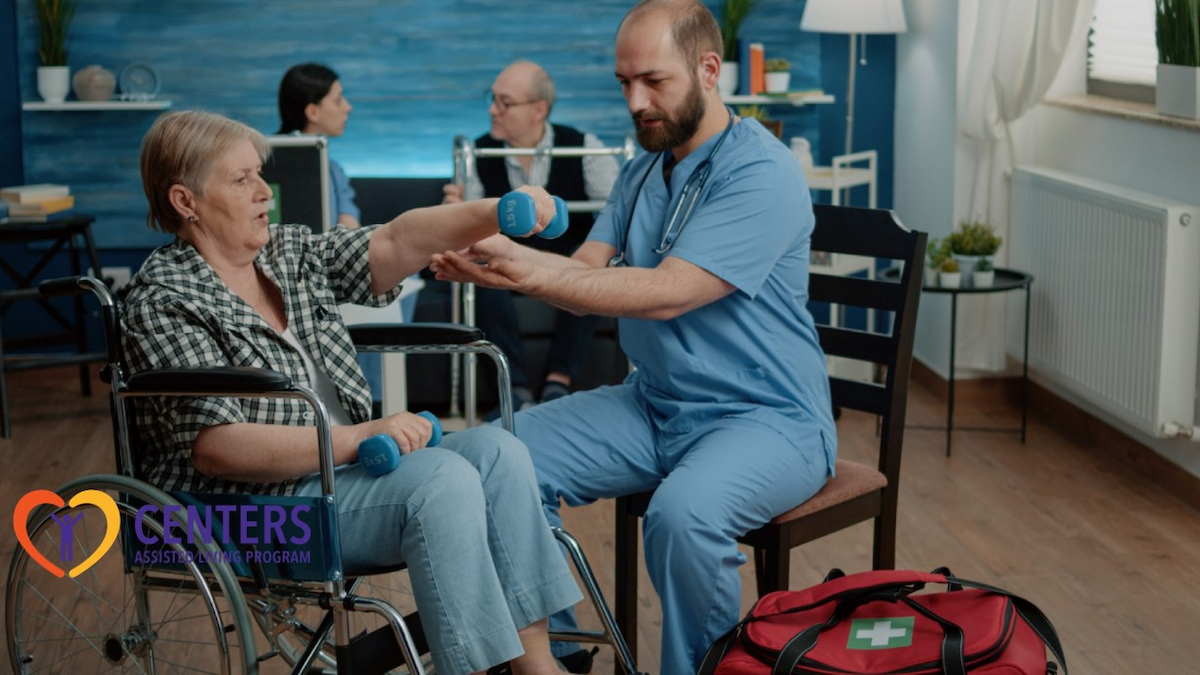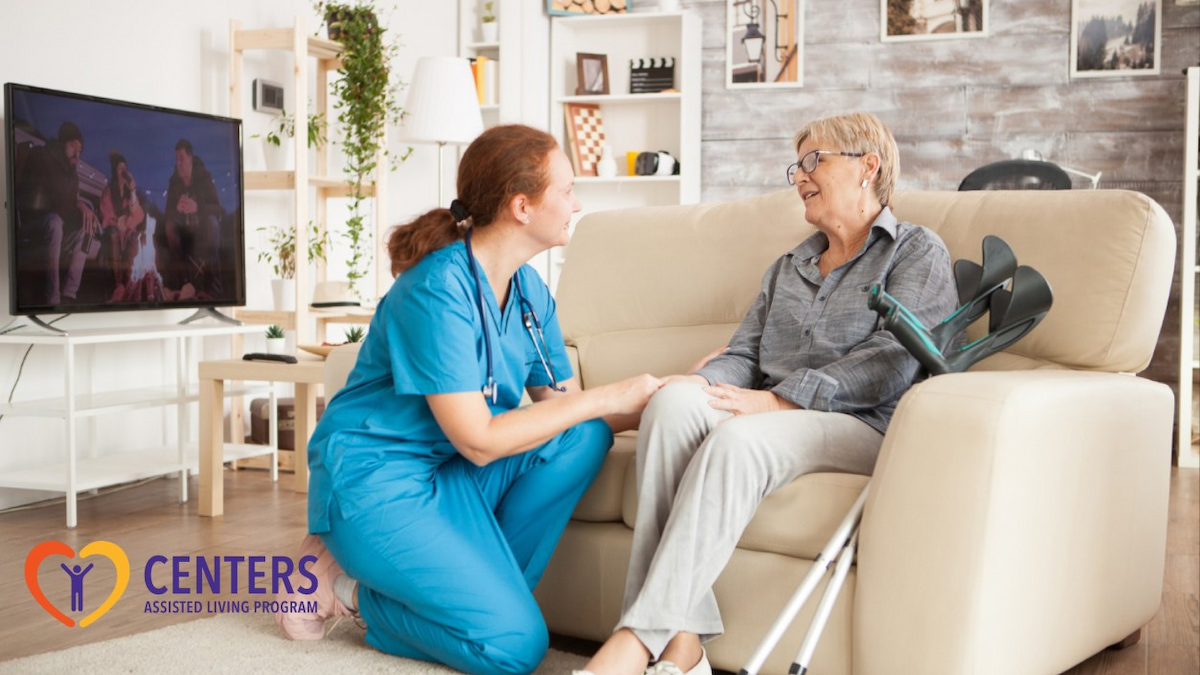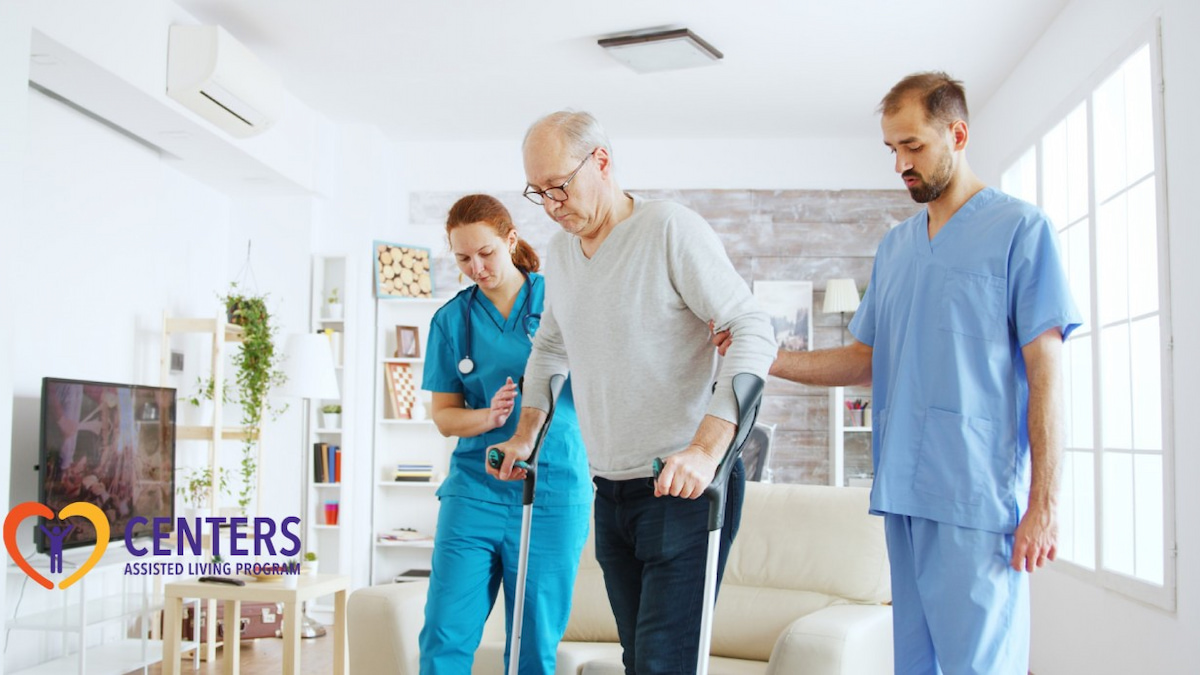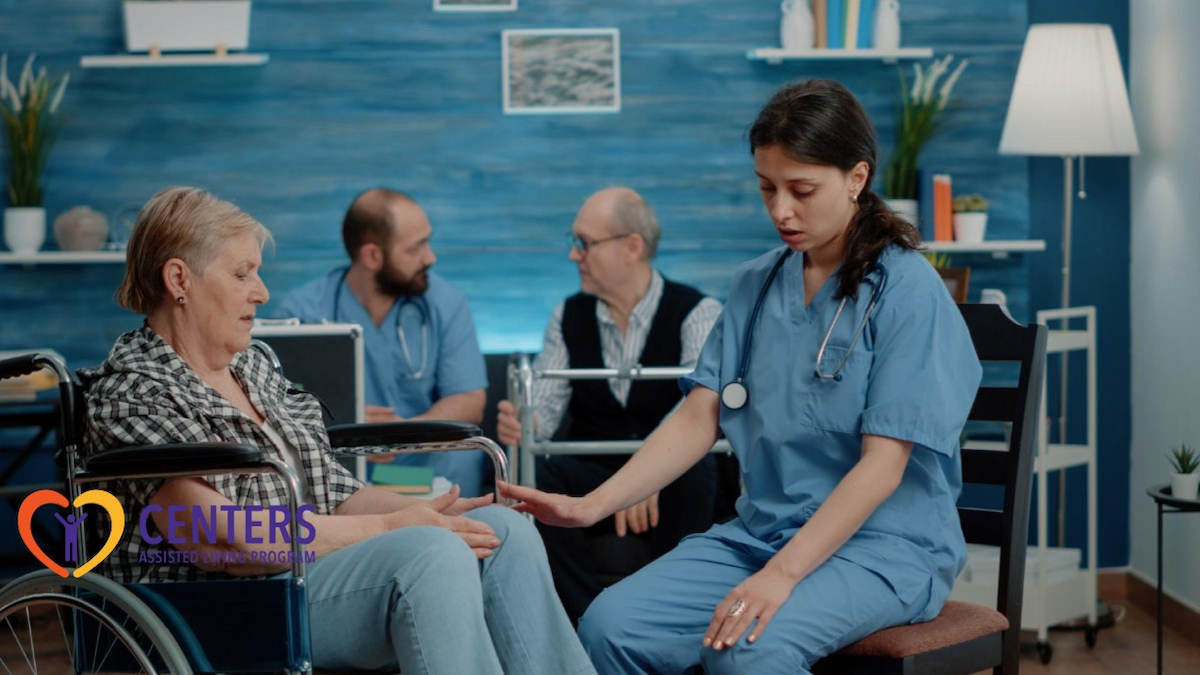Key Points:
- Well-trained caregivers detect early warning signs and intervene before crises develop.
- Ongoing drills, protocols, and teamwork reduce response time and complications.
- Continuous training builds safety culture, lowering emergency admissions and enhancing resident well-being.
When older adults move into assisted living or care homes, families expect safety, dignity, and consistent supervision. Yet health emergencies, such as falls, sudden infections, or cardiac events, remain a significant risk in these settings. The difference between a manageable incident and a life-threatening crisis often lies not in luck, but in how well staff are prepared to recognize and respond.
Up ahead, you’ll learn what proactive monitoring looks like, how emergency protocols reduce response time, and why continuous staff education saves lives. It’s about more than reacting, it’s about anticipating, preventing, and ensuring that each resident receives care tailored to their health profile. When your loved one’s safety depends on precision and presence, expertise makes all the difference.

The Stakes: Why Staff Training Matters in Senior Living
Care home residents often have complex health needs, frailty, or multiple chronic conditions, which is why understanding the different levels of assisted living care is essential for matching support to individual needs. Studies show that residents of care homes are more likely to experience unplanned emergency care compared to those living in the community.
Moreover, inadequate emergency preparedness at nursing homes has been linked to worse outcomes during pandemics. For example, one US study found that each deficiency in emergency preparedness standards correlated with increased COVID-19 morbidity and mortality.
In other words, preparedness is not just theoretical, lapses in staff training, planning, or response systems translate into real harm. A training program is among the most effective contributors to resilience and risk reduction.
Thus the question is not whether training helps, it does, but which training strategies and systems maximize prevention and positive outcomes.
Core Mechanisms: How Trained Staff Prevent Emergencies
Trained staff reduce health emergencies through several interlocking mechanisms:
1. Early Detection of Risk Signals
A common pathway to serious emergencies is subtle decline that goes unrecognized until it becomes acute. Training empowers staff to:
- Recognize changes in vital signs (e.g. blood pressure, pulse, oxygen saturation).
- Detect early symptoms such as confusion, appetite loss, dehydration, or lethargy.
- Observe mobility changes, gait instability, swelling, or skin changes.
- Monitor trends over time rather than isolated readings.
With strong observational skills, staff intervene earlier, perhaps adjusting hydration, alerting clinicians, or ordering diagnostics, thereby averting escalation.
2. Fall Prevention and Safe Mobility Protocols
Falls are among the most common adverse events in senior living. A caregiver who is trained in safe transfer, gait assistance, balance support and environmental hazards can:
- Use proper techniques to assist ambulation or transfers, reducing strain or improper support.
- Identify and mitigate tripping hazards, poor lighting, or slippery floors.
- Apply assistive devices (walkers, rails) properly and supervise usage.
- Employ post-fall evaluations to adjust individualized plans.
When staff know how to reduce fall risk proactively, fewer events occur, and when they do occur, response is safer and more controlled.
3. Emergency Response and First Aid Readiness
Training ensures staff can act decisively during acute events:
- Proficiency in CPR, automated external defibrillator (AED) use, airway support, and basic life support.
- Rapid assessment protocols (e.g. ABC – airway, breathing, circulation).
- Standard operating procedures for common events (e.g. choking, seizure, stroke, cardiac arrest).
- Communication drills with emergency services, including handoff and data sharing.
- Regular drills and simulations to reduce hesitation, confusion, or error.
These practices shorten response times, reduce worse outcomes, and increase survival chances.
4. Infection Control and Outbreak Prevention

In long-term care environments, infection outbreaks can rapidly become life-threatening. Staff training plays a critical role:
- Protocols for hand hygiene, use of personal protective equipment, cleaning and disinfection.
- Early recognition of infection signs (fever, cough, altered mental status).
- Isolation or cohorting procedures, vaccination coordination, surveillance testing.
- Coordination with public health agencies, and integration into emergency plans.
When staff act swiftly at early stages, an isolated infection is far less likely to become a facility-wide crisis.
5. Coordination, Communication, and Escalation Protocols
Even well trained individuals falter without clear systems around them. Effective training ensures staff:
- Understand chains of command and who to notify in emergencies (nurse, physician, manager).
- Use standardized tools and checklists for escalation (e.g. triggers for medical review).
- Practice clear documentation, handoffs, shift change briefings.
- Engage multidisciplinary collaboration across nursing, therapy, pharmacy, and external services, a hallmark of the role of 24/7 professional support in promoting senior health.
When roles and pathways are clearly defined, confusion is minimized and delays avoided.
6. Psychological Preparedness and Resident Engagement
Training also addresses the human side of emergencies:
- Staff learn de-escalation, calm communication, emotional support to residents or families under stress.
- Training emphasizes resident preferences, advance directives, and respect even during chaos.
- Post-event debriefings and reflection help teams learn and reduce burnout.
Such culture-focused training fosters resilience and ensures emergencies do not erode dignity or trust.
Best Practices: Building a Robust Staff Training Program
To maximize impact, training must be carefully designed, contextualized, and sustained. Below are best practices:
Structured Curriculum and Competency Framework
- Define core competencies (observation, assessment, emergency response, infection control, communication).
- Use role-based modules: direct care, nurses, support services (maintenance, housekeeping).
- Incorporate adult learning principles: scenario learning, interactive elements, hands-on skills.
Regular Drills, Simulations, and Refreshers
- Conduct drills (evacuation, fire, medical emergencies) at least biannually.
- Use simulations with real equipment and timed response to stress test systems.
- Refreshers to reinforce retention and identify gaps.
Tailoring to Facility Context
- Adapt training to specific layout, resident population, risk profile (e.g. dementia units, mobility-impaired).
- Use facility floor plans, real resident cases, and local emergency partner coordination.
- Integrate local resources and statutory protocols.
Competency Assessment and Certification
- Use practical assessments, quizzes, and observed simulations to validate skill retention.
- Issue certifications valid for fixed intervals with revalidation.
- Document training and track staff compliance.
Continuous Quality Improvement
- After every incident or drill, conduct after-action reviews: what went well, what failed, lessons learned.
- Adjust protocols, update training content, and close gaps.
- Monitor key metrics: emergency incidents per 100 residents, time to respond, hospital transfers.
Promoting Staff Retention and Stability
High turnover undermines training’s effectiveness. Staff stability ensures institutional memory and familiarity with protocols.
- Prioritize a supportive work environment, recognition, and clear career paths.
- Foster teamwork, mentorship, regular check-ins.
- Trainers should be internal champions who carry institutional knowledge.
Integration with Technology and Monitoring Systems
Training should include how to use tools that augment human vigilance:
- Emergency alert systems (pull cords, wearable alarms, nurse call integration), technologies that support comprehensive assisted living services.
- Electronic monitoring and charting systems to flag early warning signs (e.g. vital trend alerts).
- Communication platforms for rapid escalation (mobile alerts, response dashboards).
- If applicable, AI or sensor systems (for fall detection, behavior monitoring), so staff can interpret alerts properly.
Case Scenarios: Training Prevents Emergencies

Here are illustrative examples of how trained staff avert crises:
- A resident develops early signs of urinary tract infection: increased confusion and mild fever. A caregiver notes the change and alerts nursing staff; antibiotics started early and hospitalization avoided.
- During nighttime rounds a caregiver notices gait instability worsening over several days; physical therapy and assistive device adjustment prevent a fall event.
- A resident chokes on food; staff immediately initiate Heimlich maneuver, restore airway, and call for backup. Because they drilled the procedure, response is smooth and the incident resolves without further complications.
- During influenza season, staff quickly isolate symptomatic residents, enforce mask use, and mobilize vaccination campaigns; outbreak escalation is prevented.
These scenarios reinforce that training turns potential disasters into manageable events.
FAQs
How often should staff be retrained in emergency procedures?
Staff should receive refresher training and drills at least twice a year, supplemented with scenario-based refreshers and ongoing competency assessments.
Can training alone eliminate all emergencies in care homes?
No, training reduces risks significantly, but emergencies can still occur. The goal is to detect early, intervene rapidly, and limit harm through systems and vigilance.
How do you ensure new staff become competent quickly?
Use structured onboarding, mentorship, practical assessments, buddy systems, shadowing, and early inclusion in drills to build proficiency promptly.
Trust Centers Assisted Living: Expert Staff, Safer Living
At Centers Assisted Living, safety is built into every heartbeat of our care. Our trained professionals monitor residents around the clock, using proactive observation, rapid response systems, and clear medical protocols to prevent emergencies before they escalate.
We emphasize prevention, through constant communication, individualized care plans, and early intervention. From fall prevention to medication checks, our teams work seamlessly with families and healthcare providers to safeguard every resident.
Contact us today and discover how our compassionate expertise transforms everyday care into everyday safety at our centers, because your loved one’s security deserves nothing less.


